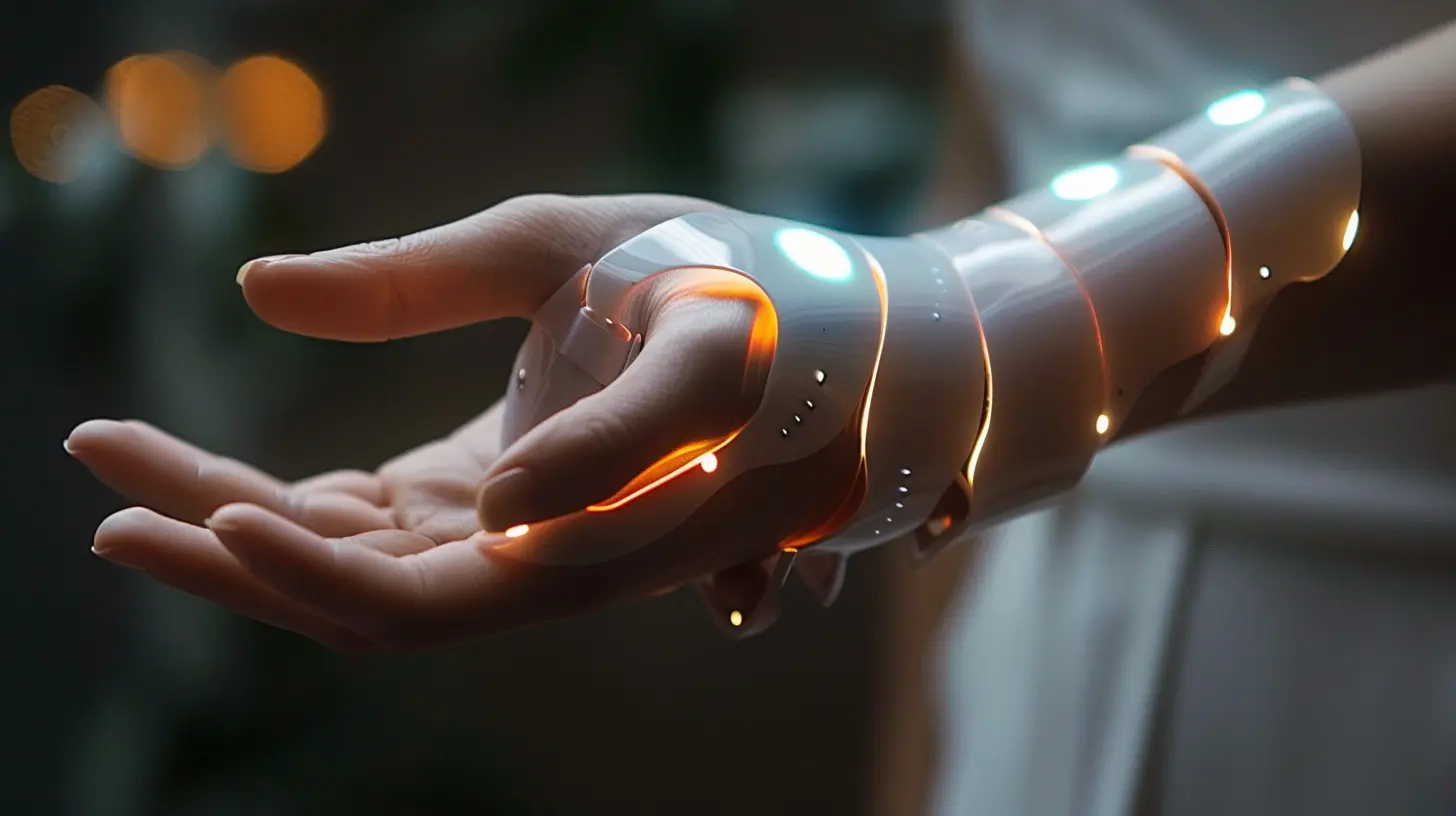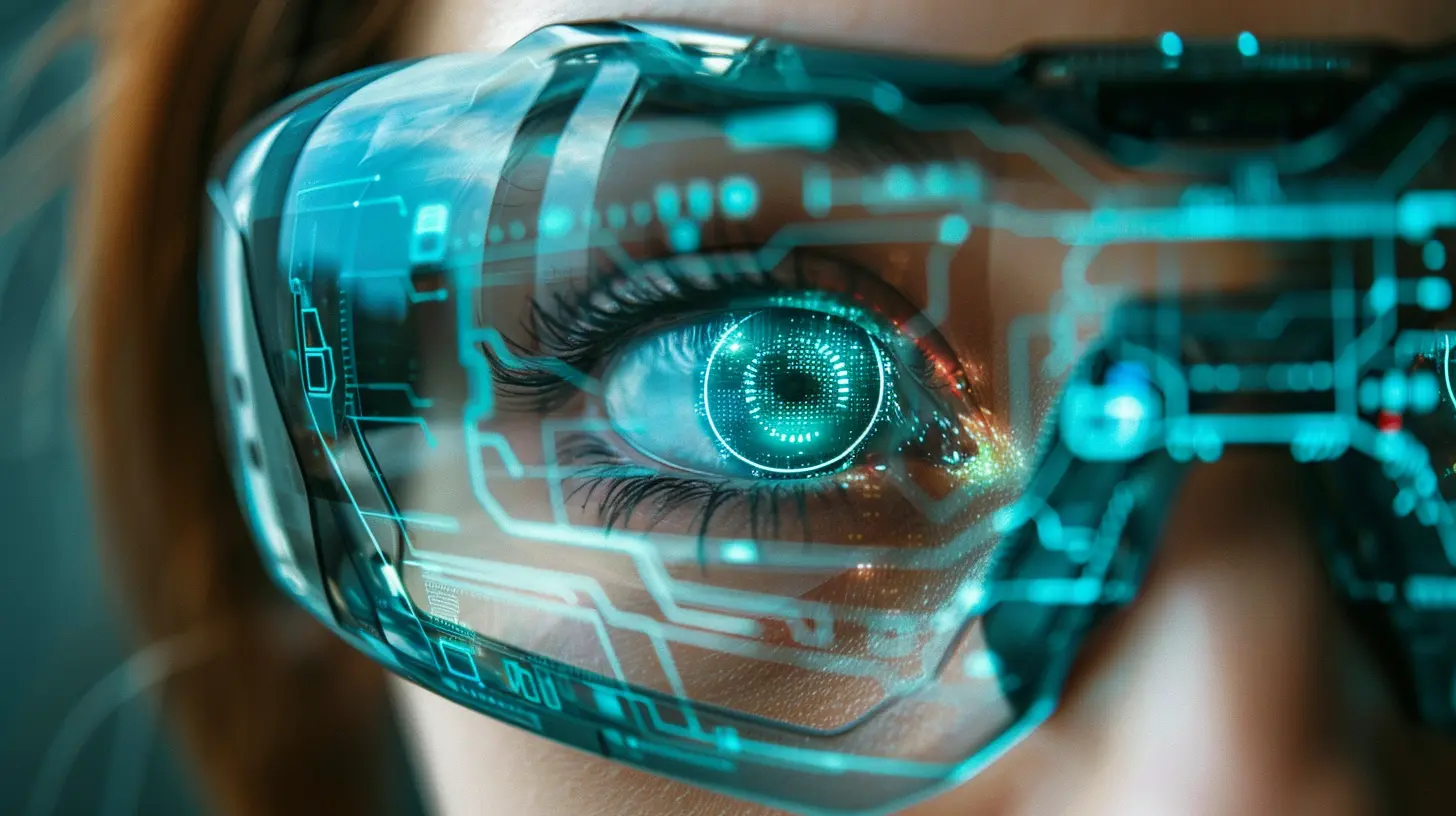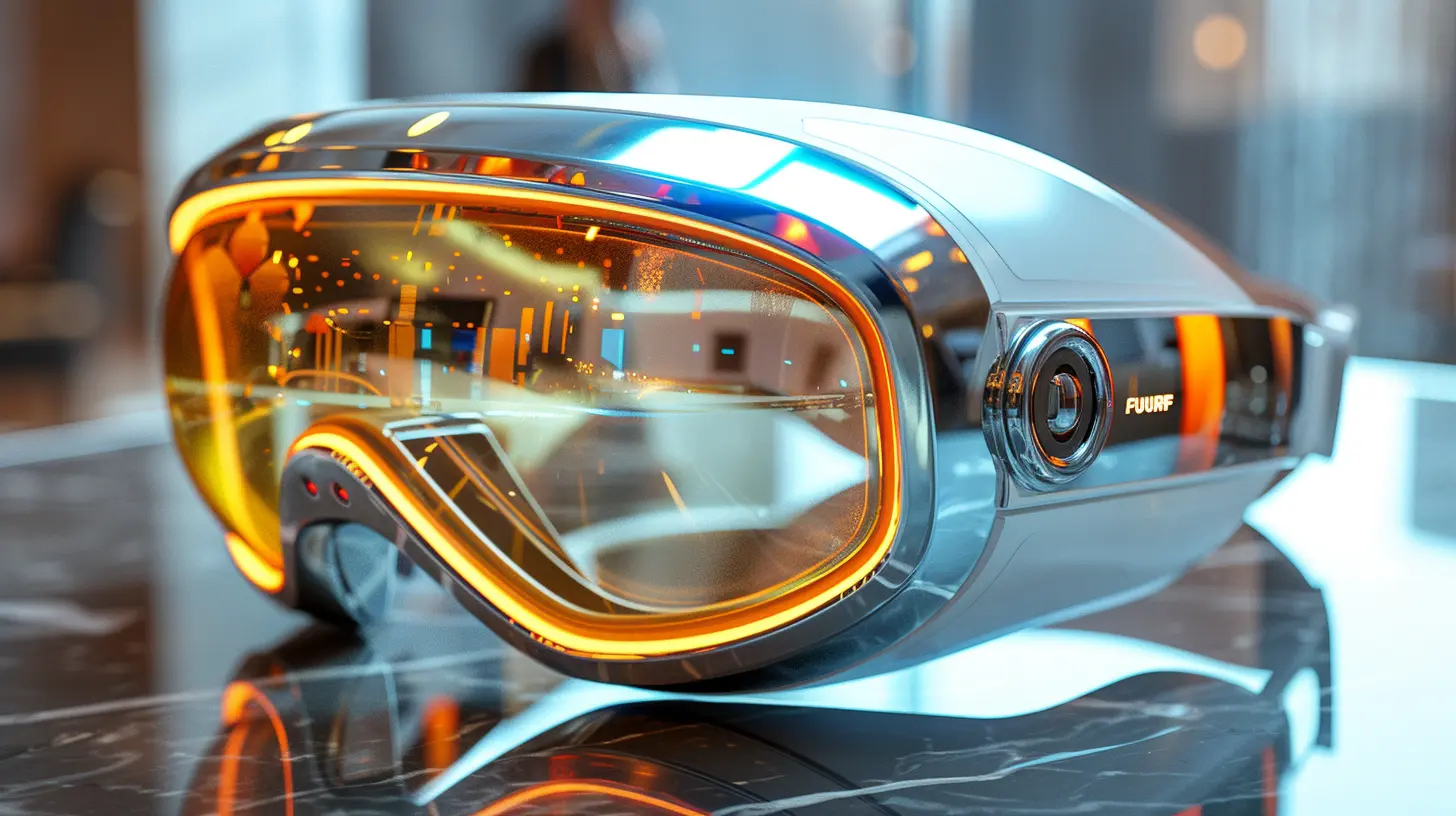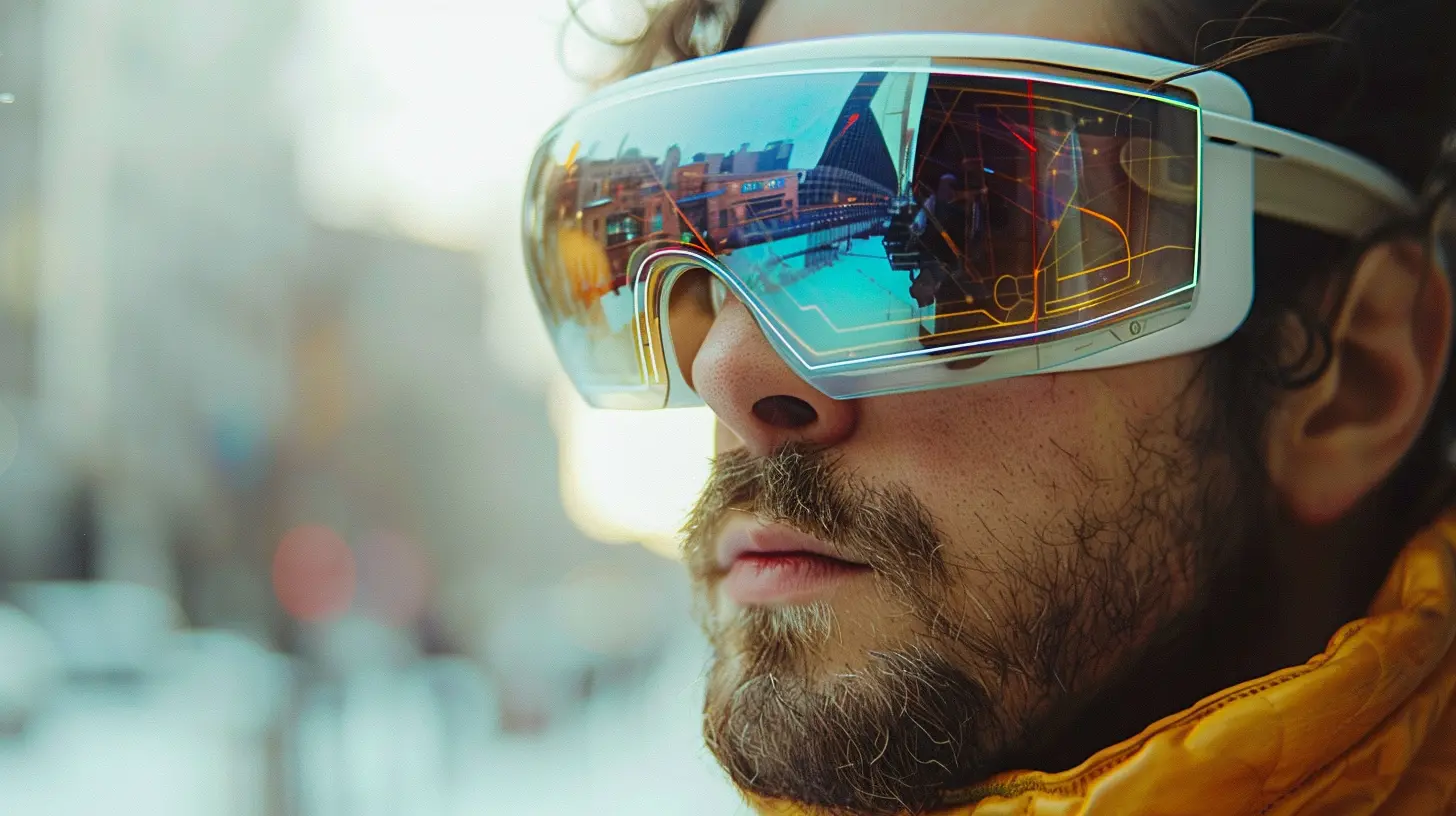1 April 2025
Wearable technology has come a long way since the days of clunky pedometers and basic fitness trackers. Smartwatches, AR glasses, smart clothing—these gadgets are becoming more sophisticated, blending seamlessly into our daily lives. But what’s next for wearable tech? Will we see brainwave-reading headbands, AI-powered smart rings, or even implantable devices?
The future of wearables is closer than you think. Innovations in AI, sensors, and biometric technology are shaping a future where wearables do more than track steps—they could transform healthcare, enhance productivity, and even redefine how we interact with the digital world.
So, let’s dive into what’s on the horizon for wearable tech.

The Current State of Wearable Technology
Before we predict the future, let’s take stock of where we are now. Wearable devices today primarily focus on fitness, health monitoring, and connectivity. These include:- Smartwatches (Apple Watch, Samsung Galaxy Watch) – Track heart rate, sleep, and even ECG readings.
- Fitness Trackers (Fitbit, Garmin) – Monitor workouts, calories burned, and activity levels.
- Smart Glasses (Ray-Ban Stories, Vuzix Blade) – Provide augmented reality and hands-free digital assistance.
- Smart Rings (Oura Ring, Motiv) – Offer discreet health tracking, including heart rate and sleep cycles.
- Wearable ECG & Blood Pressure Monitors – Medical-grade devices that help with heart health monitoring.
While these devices have improved significantly, they still have limitations—battery life, accuracy, and user experience issues. The next wave of wearables aims to tackle these challenges while unlocking new possibilities.
The Next Big Trends in Wearable Tech
1. AI-Powered Wearables
Artificial intelligence is already integrated into wearable devices, but the future holds even more personalized and intuitive experiences. Expect AI to analyze health trends, predict illnesses, and even offer real-time coaching.Imagine your smartwatch detecting early signs of stress and suggesting breathing exercises or a short meditation. AI-driven wearables could go beyond just collecting data—they could help you make better lifestyle choices.
2. Smart Fabrics and E-Textiles
Why wear a separate device when your clothes can be smart? Smart fabrics are embedding sensors directly into clothing, making wearables more comfortable and non-intrusive.Companies are developing shirts that monitor heart rate, leggings that track muscle activity, and even socks that help diabetic patients detect foot ulcers before they become a problem. This could revolutionize fitness wear, medical tracking, and even fashion.
3. Brain-Computer Interfaces (BCIs)
It may sound like something out of a sci-fi movie, but brain-computer interfaces (BCIs) are making significant progress. Devices like Elon Musk’s Neuralink are already exploring how wearables can interact directly with the brain.In the near future, BCIs could allow users to control devices with their thoughts, improve communication for those with disabilities, and even enhance cognitive functions. Think about adjusting your music playlist just by thinking about it—mind-blowing, right?
4. Extended Reality (XR) Wearables
Augmented Reality (AR) and Virtual Reality (VR) are set to become mainstream, especially with advancements in smart glasses and headsets. Apple’s Vision Pro, Meta’s AR projects, and other XR devices are pushing the boundaries.Wearables will soon create immersive experiences for work, gaming, and social interactions. Imagine attending a virtual concert where you feel like you're actually there or using AR glasses to get real-time translations during a conversation. The possibilities are limitless.
5. Health and Medical Wearables Beyond Fitness
Wearable tech’s biggest impact might be in healthcare. Instead of just tracking steps, future wearables could detect diseases early, monitor chronic conditions, and even administer medications when needed.Some groundbreaking possibilities include:
- Non-invasive glucose monitors for diabetics (eliminating painful fingerpricks).
- Wearables that measure hydration levels in real-time.
- Smart contact lenses that monitor eye health and alert users of diseases like glaucoma.
Medical-grade wearables could soon become essential for healthcare, helping people live longer and healthier lives.
6. Smart Rings and Miniature Wearables
Bigger isn’t always better. Many companies are focusing on miniaturizing wearable devices while improving their capabilities.Smart rings, for example, are gaining traction. They can track heart rate, sleep quality, and stress levels while being much less intrusive than a smartwatch. Soon, we might see even smaller, more efficient wearables—perhaps even smart earrings or bio-sensing tattoos.
7. Energy-Efficient and Self-Charging Wearables
One of the biggest drawbacks of wearables today is battery life. No one wants to charge their smartwatch every day. Future wearables could use alternative energy sources like:- Solar charging (tiny solar panels embedded in wearable devices)
- Kinetic energy (charging as you move)
- Body heat conversion (using your body’s heat to generate power)
Imagine never plugging in your smartwatch because it charges itself while you go about your day. That’s where we’re headed.
Challenges Wearable Tech Still Faces
While the future is bright, wearable tech has some hurdles to overcome before it becomes even more integrated into our lives.1. Privacy and Data Security
The more personal data wearables collect, the bigger the risk of it falling into the wrong hands. Companies will need to ensure that user privacy is protected and data security remains top-notch.2. Battery Life and Power Efficiency
Even the most advanced wearables are only as good as their battery life. Until better energy solutions are available, this remains a limitation.3. Comfort and Design
Not everyone wants to wear bulky gadgets. While smart fabrics are improving, wearables must become more comfortable and stylish to encourage widespread adoption.
The Future is Wearable
Wearable technology is no longer just a futuristic fantasy—it’s evolving rapidly and changing how we interact with the world. From AI-powered smartwatches to brain-connected interfaces, the innovations on the horizon promise to make wearables more intuitive, helpful, and seamlessly integrated into our lives.In the coming years, we’ll likely stop thinking about wearables as separate gadgets. Instead, they’ll feel like an extension of ourselves—enhancing our health, productivity, and even emotions in ways we never thought possible.
The question isn’t if wearable tech will transform our lives, but how soon it will happen. Are you ready for the future?




Aubrey Robinson
Great insights! Excited to see how wearable tech evolves—can't wait for innovations that merge style, convenience, and health tracking!
April 3, 2025 at 5:10 AM